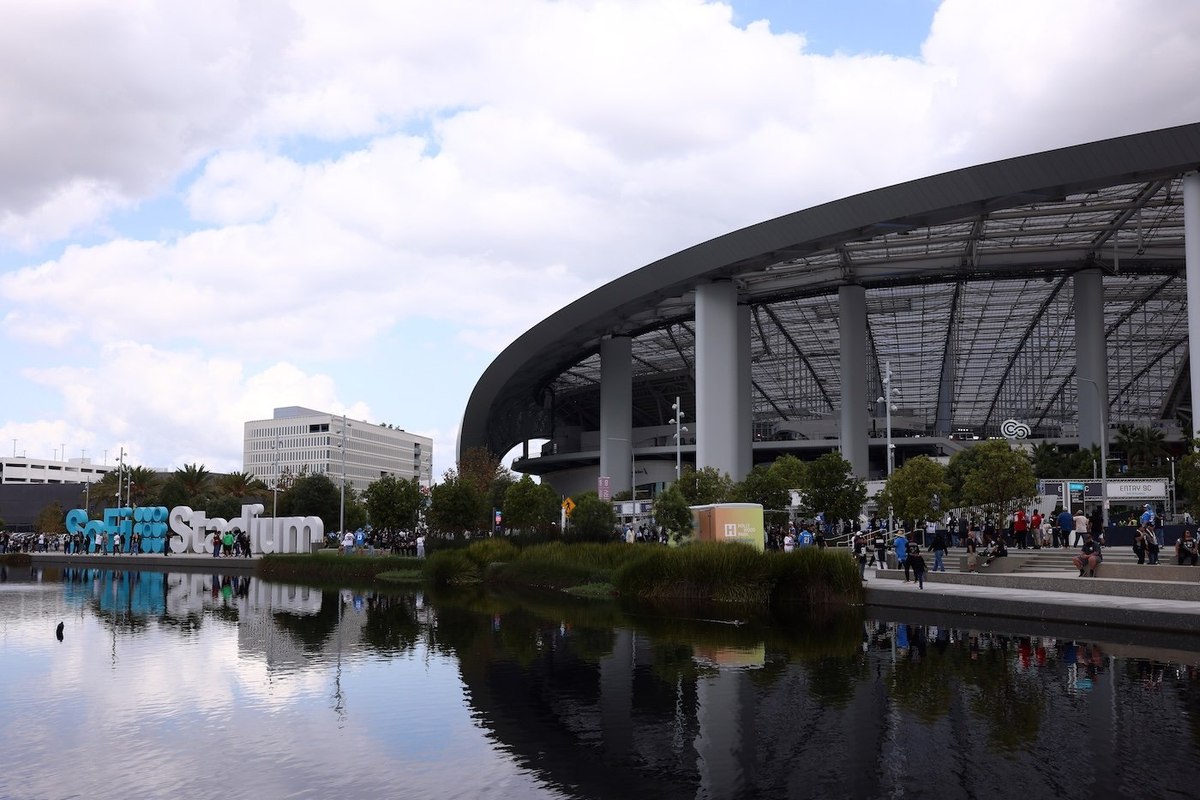
How NFL Stadium Sponsorships Give Banks a Winning Edge Among Fans
When banks sponsor NFL stadiums by purchasing naming rights, they gain more than just visibility - they also win over NFL fans. Stadium-sponsoring financial institutions score consistently higher for Buzz (a measure of positive or negative chatter about a brand) and Consideration (the proportion of consumers who would consider buying the brand when in market). But how much of a difference does it make – and is it worth the investment?
The example of SoFi Stadium in Inglewood, California provides an example of overall positive correlation between Consideration and sponsorship while also revealing the nuances of how different audiences are affected.
Banks Have Better Buzz and Consideration Scores Among NFL Fans
Naming a major sports stadium not only guarantees exposure in the town where the stadium is a landmark, but to almost all fans of the sport. It appears that, overall, Buzz for sponsoring banks is higher among football fans than the general population. We’ve analyzed the Buzz and Consideration scores for six banks that have naming rights at NFL stadiums.
Buzz is a metric that asks whether people have heard something positive or negative recently about a brand and creates a net score for that brand. Bank of America, which sponsors the home of the Carolina Panthers, has a Buzz score of 10.5 among NFL fans compared to only 6.5 with the general population. With other bank sponsors, the gap is smaller. M&T, who sponsors the home of the Baltimore Ravens, enjoys a Buzz of 2.4 with football fans compared to 1.9 among a nationally representative audience.
When it comes to actual consumer behavior, NFL fans are also more likely to consider sponsoring banks. A fifth (19.9%) of NFL fans would consider Bank of America next time they’re in the market for banking services compared to 16.6% of all consumers, for example.
While these increments vary by institution, the trend is clear: NFL stadium sponsorship correlates positively with consumer engagement among football fans.
The Controversial Case of SoFi Stadium
Los Angeles’ SoFi Stadium is one of the more spectacular bank-named sports venues. Home to both the city’s Rams and Chargers, the stadium is the most expensive in the world and underscores the potential and pitfalls of stadium sponsorship. While NFL fans are more inclined to consider SoFi, not everyone loves a neighborhood-transforming, traffic-thickening, rent-multiplying super stadium.
Among Los Angeles NFL fans, SoFi enjoys substantial Consideration scores - 8.4%, more than double the general population’s score. However, among Angelenos who are not NFL fans, SoFi faces a significant challenge. This group has the lowest Consideration score (2.5%), even lower than non-NFL fans across the U.S. (2.8%).
Possible Reasons for Polarization
While the NFL association may be boosting SoFi’s appeal among football enthusiasts, its relationship with the local community has been fraught with controversy. Residents of Inglewood, where SoFi Stadium was built, have expressed concerns about rising rents, traffic congestion and noise. These issues may alienate non-football-loving locals, partially offsetting the gains among sports fans.
Conclusion
Sponsoring NFL stadiums offers banks a strategic advantage in connecting with football fans, as seen in their higher Buzz and Consideration scores. The SoFi Stadium case exemplifies both the potential and the challenges of these sponsorships. While SoFi enjoys robust support from LA-based NFL fans as well as NFL fans the country over, the controversy surrounding the stadium may be deterring non-football-loving locals.
For brands considering stadium sponsorships, the lesson is clear: aligning with passionate fan bases can elevate perception, but potential community backlash should not be overlooked. A thoughtful approach that balances sports marketing with local goodwill may be the key to long-term success.
YouGov BrandIndex collects data on thousands of brands every day. Scores in this article are based on daily sample sizes of approximately 500-37000 depending on audience between November 19, 2023 and November 18, 2024. Learn more about BrandIndex.